How to protect crops with modern chemicals, while preserving the environment
No matter how we try, we can't do without chemistry. Moreover, in intensive agricultural production, only chemistry can emerge victorious in the constant fight against the "army" of insects, weeds, fungi, nematodes, which deprives plants of the basic factors of growth and development: nutrients, sunlight and water. Innovative and modern chemical preparations are the optimal solution both for plant protection and for preserving the environment in which we live. The preparations are not so aggressive as to endanger the fragile balance of nature, but they are efficient enough to preserve the crop with cost-effective savings, thus enabling high yields and excellent quality.
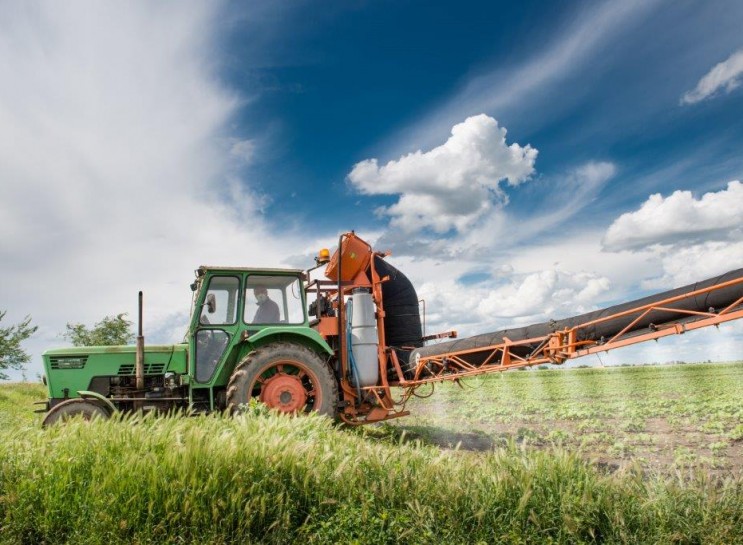
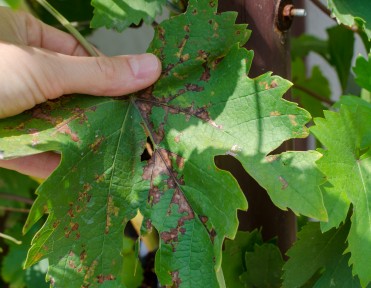
Fungicides
Fungicides are chemical compounds used to control the causes of fungal diseases and their spores. These compounds prevent the germination, growth and development of fungi and / or the formation of breeding bodies. Plant diseases can cause great damage to agriculture, and cause great loss of income to producers.
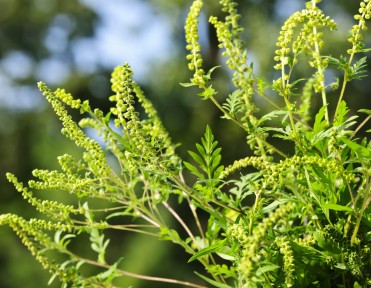
Herbicides
Herbicides are various chemical compounds intended for the destruction of plants. However, in practical terms, herbicides are only those compounds that are used in the fight against weeds, which requires a good knowledge of the biology of the cultivated plant and the action of each herbicide.
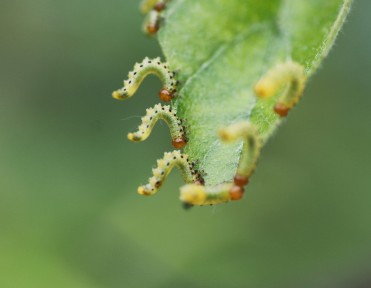
Insekticides
Insecticides are chemicals of chemical origin used to control or prevent the action of insects. When using insecticides, as well as other pesticides, it is crucial to use preparations with different mechanisms of action in order to avoid resistance. Therefore, it is important to know the affiliation of a certain preparation to the chemical group and their proper replacement.
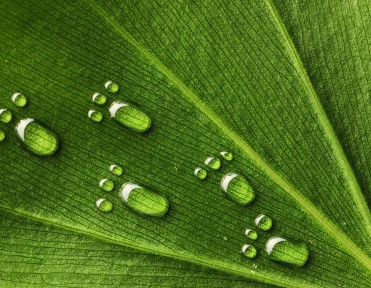
Adjuvants
Wetting agents are agents that improve the action of contact and systemic plant protection products, as well as foliar fertilizers, increasing their absorption and translocation. They reduce the surface tension, accelerate leaf absorption and thus help the active substance of the pesticide to be absorbed into the plant as quickly as possible.


